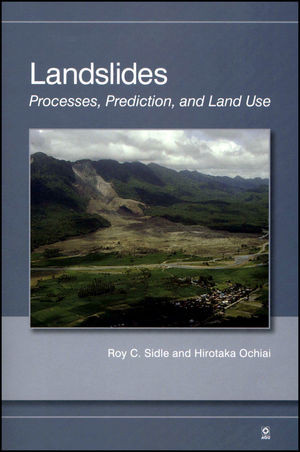

Most ebook files are in PDF format, so you can easily read them using various software such as Foxit Reader or directly on the Google Chrome browser.
Some ebook files are released by publishers in other formats such as .awz, .mobi, .epub, .fb2, etc. You may need to install specific software to read these formats on mobile/PC, such as Calibre.
Please read the tutorial at this link: https://ebookbell.com/faq
We offer FREE conversion to the popular formats you request; however, this may take some time. Therefore, right after payment, please email us, and we will try to provide the service as quickly as possible.
For some exceptional file formats or broken links (if any), please refrain from opening any disputes. Instead, email us first, and we will try to assist within a maximum of 6 hours.
EbookBell Team

5.0
80 reviewsPublished by the American Geophysical Union as part of the Water Resources Monograph Series.
Landslides are a constant in shaping our landscape. Whether by large episodic, or smaller chronic, mass movements, our mountains, hills, valleys, rivers, and streams bear evidence of change from landslides. Combined with anthropogenic factors, especially the development and settlement of unstable terrain, landslides (as natural processes) have become natural disasters.
This book charts our understanding of landslide processes, prediction methods, and related land use issues. How and where do landslides initiate? What are the human and economic consequences? What hazard assessment and prediction methods are available, and how well do they work? How does land use, from timber harvesting and road building to urban and industrial development, affect landslide distribution in time and space? And what is the effect of land use and climate change on landslides?
This book responds to such questions with:
• Synopses of how various land uses and management activities influence landslide behavior
• Analyses of earth surface processes that affect landslide frequency and extent
• Examples of prediction techniques and methods of landslide hazard assessment, including scales of application
• Discussion of landslide types and related costs and damages
Those who study landslides, and those who deal with landslides, from onset to after-effects?including researchers, engineers, land managers, educators, students, and policy makers?will find this work a benchmark reference, now and for years to come.